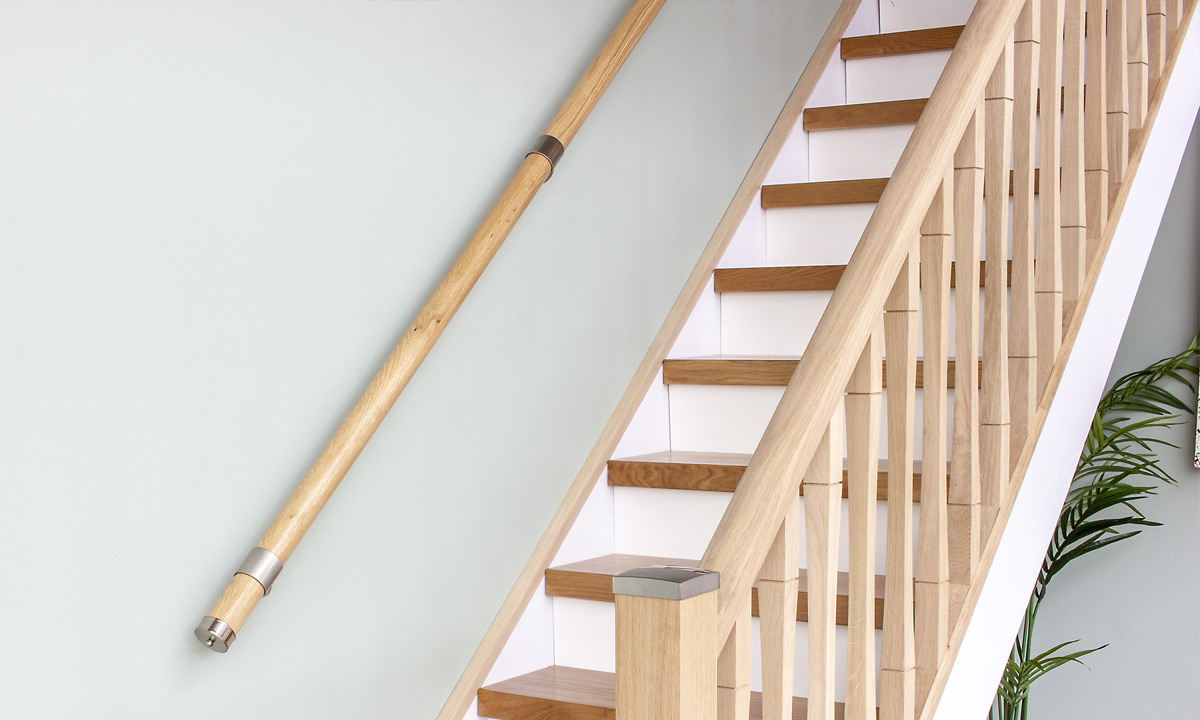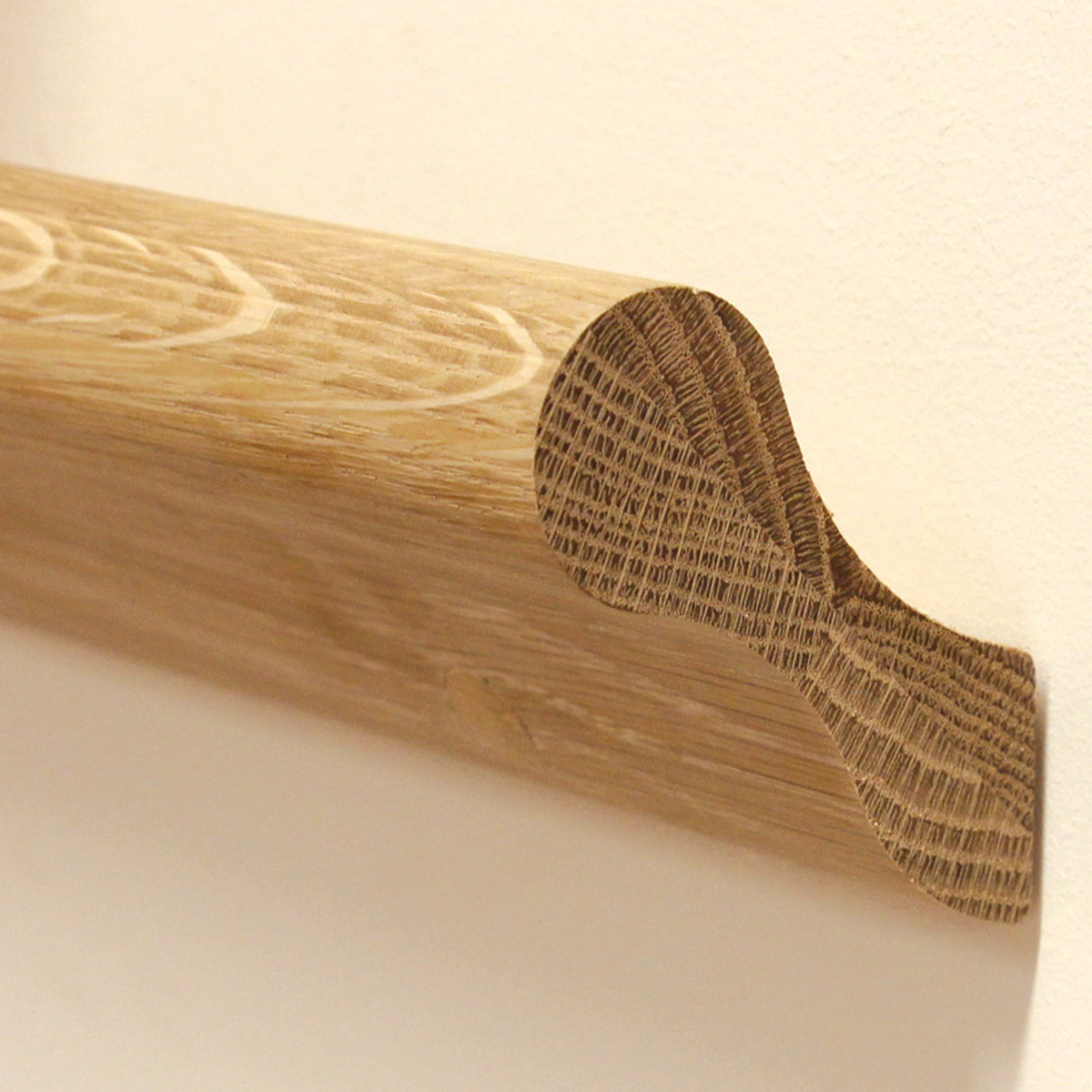Flooring
The most important thing to take into consideration is the flooring on your staircase, hallway, and landing. Carpets are often better than wood or vinyl flooring because it provides more grip and is much less of a slip hazard. But it’ll need to be tightly fitted and kept in a good condition.
De-clutter
Things are often added to our stairs to make them look nicer – but they can often get in the way. Unnecessary items in, on or around the stairs can also be a trip hazard, particularly for people who have mobility issues or problems with their eyesight. Make sure you keep your staircase and surrounding areas clear from clutter.
Handrails
If your staircase is more than one metre (1000mm) wide, you’ll legally need a handrail on both sides of your staircase. But it may be worth getting one fitted anyway to help people with mobility issues as they go up and down. They’ll also need to be placed at a minimum height of 900mm.
Check out our handy guide handrails for more information, but whatever you choose, it should be easy for someone to hold onto and sturdy enough for them to grab if they should fall or stumble.




